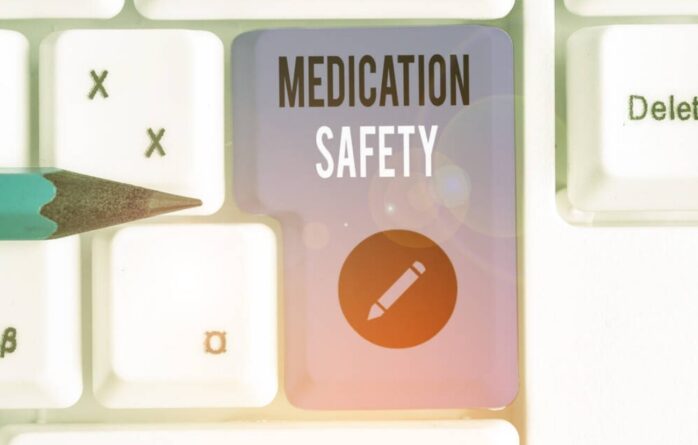
Medication safety is important because it can help prevent medication errors and adverse drug events.
There are many ways to ensure medication safety. Patients should always follow their doctors’ and pharmacists’ instructions when taking medication. They should also be aware of the potential side effects of their medication and what to do if they experience them.
Medication safety Hong Kong is also important for caregivers, who should make sure that they understand how to administer medication correctly and keep track of when it was given.
There are many ways to improve medication safety, including using technology, standardizing procedures, and increasing communication among healthcare professionals.
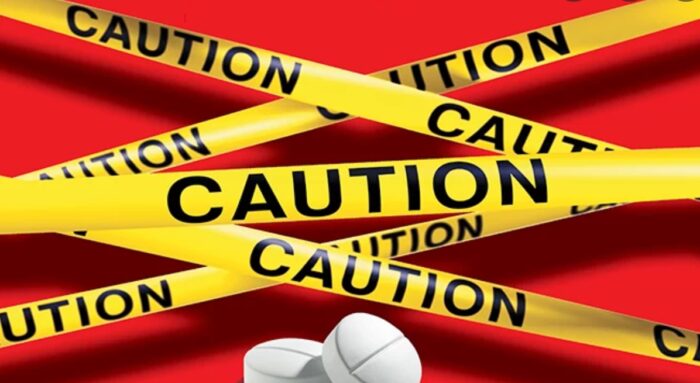
There are many ways to improve medication safety, but technology may be the most important. Standardizing procedures and increasing communication among healthcare professionals are also key to preventing errors.
Technology can help reduce the risk of errors in many ways. For example, barcoding can be used to verify that the correct medication is being given to the correct patient. Computerized provider order entry (CPOE) systems can help reduce errors by ensuring that orders are entered correctly. And decision support systems can provide alerts to clinicians if a patient is at risk for a drug interaction.
Standardizing procedures can also help reduce the risk of errors. For example, the use of standardized order sets can help ensure that orders are entered correctly. And the use of pharmacy technicians to check orders can help reduce the risk of errors.
Increasing communication among healthcare professionals can also help reduce the risk of errors. For example, clinicians should communicate with each other when changes are made to a patient’s medication regimen. And pharmacists should be available to answer questions from clinicians about medications.
Technology, standardization, and communication are all important ways to improve medication safety. By using these methods, we can help reduce the risk of errors and improve patient care.
Medication safety is a shared responsibility among patients, pharmacists, physicians, and other healthcare professionals.
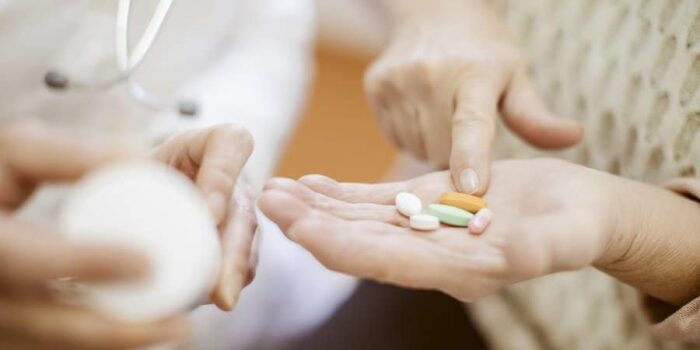
Medication safety is a shared responsibility among patients, pharmacists, physicians, and other healthcare professionals. All play a role in ensuring that patients receive the safest and most effective care possible.
Patients are responsible for providing accurate and complete information about their health history, medications, and allergies to their healthcare providers. They should also follow instructions for taking their medications and report any adverse effects.
Pharmacists are responsible for dispensing medications safely and accurately. They should also counsel patients on how to take their medications and identify any potential drug interactions.
Physicians are responsible for prescribing medications safely and effectively. They should also monitor their patients for adverse effects and drug interactions.
Other healthcare professionals, such as nurses and physician assistants, also play a role in medication safety. They should be aware of potential drug interactions and adverse effects and report them to the prescribing physician.
All healthcare professionals should be aware of the importance of medication safety and work together to ensure that patients receive the safest and most effective care possible.
Medication errors can have serious consequences, so it is important to take steps to prevent them.
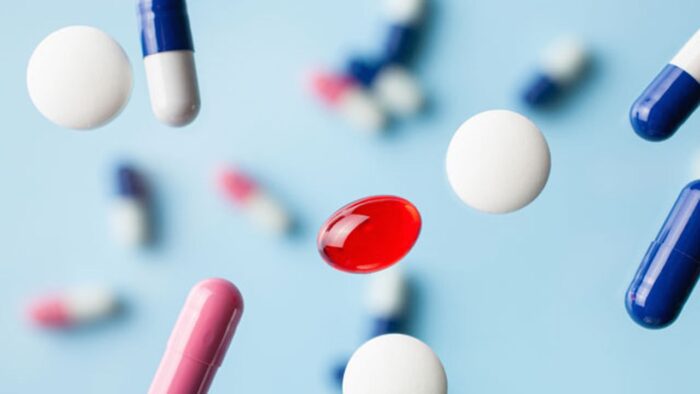
There are many reasons why medication can go wrong, but the most common are human error and malfunctions in the drug’s manufacturing process. In order to avoid medication errors, it’s important to know the basics about medications and their safety.
Medications come in a variety of forms, each with its own unique properties and potential side effects. For example, some medications must be taken orally while others must be injected. Some are only effective when taken on an empty stomach, while others need to be taken with food. And because different medications have different side effects, patients need to be sure that they take their medications as prescribed by their doctor.
One of the biggest dangers posed by medication errors is infection. By mistake, doctors may give out the wrong medicine or fail to check a patient’s blood pressure after they’ve been given a blood pressure medication. This can lead to serious infections such as meningitis or sepsis (a life-threatening condition caused by infection).
According to the National Institute of Health, medication errors are one of the leading causes of preventable harm in hospitals. In fact, one in every 31 hospital patients will experience some form of preventable harm due to a medication error.
There are many ways that medication errors can occur. The most common are errors in prescribing, dispensing, and administering medications. Other errors can occur when patients self-medicate or when medications are stolen or tampered with.
Medication errors can have serious consequences. The most common consequences are adverse drug reactions, which can range from mild to life-threatening. Other consequences include drug interactions, overdose, and underdose.
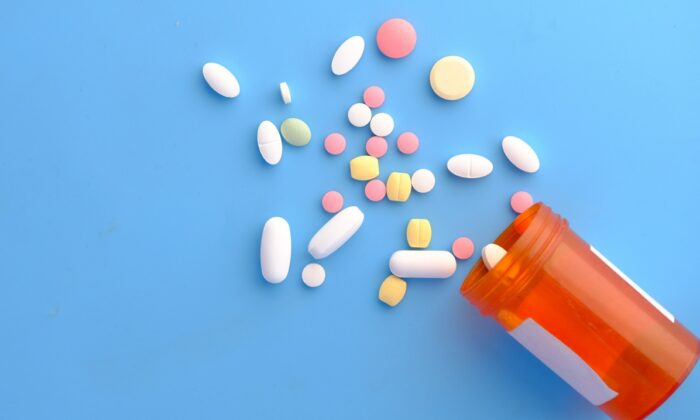
Steps to prevent medication errors:
- Improve communication between healthcare providers and patients.
- Use technology to your advantage.
- Double-check everything.
- Educate yourself and others about medication safety.
- Be an advocate for change.
Adverse drug events can be prevented by using technology to track medications, standardizing procedures, and increasing communication among healthcare professionals.
Adverse drug events (ADEs) are a significant public health problem in the United States. Each year, ADEs cause approximately 1.3 million hospitalizations and cost the healthcare system billions of dollars. Despite this burden, many ADEs are preventable.
Technology can play a key role in preventing ADEs. For example, electronic health records (EHRs) can be used to track medications and alert clinicians to potential drug interactions. Computerized physician order entry (CPOE) systems can help standardize medication ordering and reduce errors. And, barcoding systems can be used to verify that the correct medication is being administered to the correct patient.
In addition to using technology, ADE prevention efforts should focus on standardizing procedures and increasing communication among healthcare professionals. Standardized protocols can help ensure that medications are prescribed and dispensed correctly. And, improved communication can help identify potential ADEs before they occur.
By using technology, standardizing procedures, and increasing communication, healthcare professionals can significantly reduce the incidence of ADEs.






